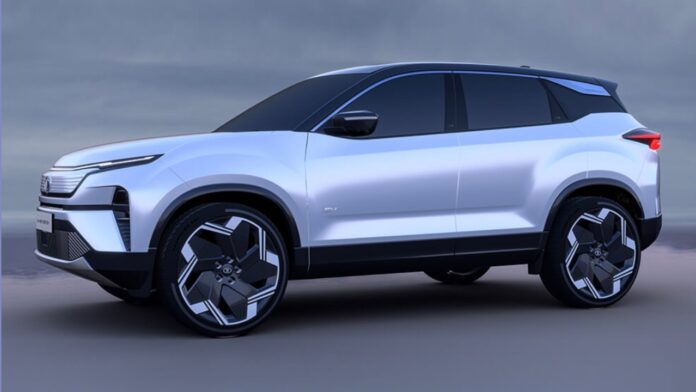HARMAN, a subsidiary of Samsung Electronics and a supplier of connected car technology, has introduced the first in-vehicle display powered by Samsung’s Neo QLED technology. The system is now available in the new Tata Motors Harrier.ev.
The 14.53-inch screen marks the first application in automative of Neo QLED, a display technology that uses Quantum Dots and Mini-LED backlighting. The display is designed to meet the performance requirements of electric vehicles, with energy management handled by real-time algorithms developed by HARMAN. These algorithms adjust visual output to control power consumption.
According to HARMAN, the Neo QLED In-Vehicle Display offers a 1200-nit peak brightness level and supports a 95% NTSC color gamut. It also includes cadmium-free Quantum Dot components and Blue Mini-LED control to reduce environmental impact. The system operates under various lighting conditions and complies with industry standards for durability and safety.
The Neo QLED display is part of a longer partnership between HARMAN and Tata Motors. The companies first collaborated over a decade ago with the integration of JBL-branded audio systems in Tata’s vehicles. With the Harrier.ev, the scope of the partnership has expanded to include visual systems.
Shilpa Dely, Vice President of Displays at HARMAN, stated that the launch brings consumer electronics display capabilities into the automotive environment. “This closes the gap between automotive and consumer visual technology,” she said.
Anand Kulkarni, Chief Product Officer at Tata Passenger Electric Mobility, described the system as a step toward improving in-cabin digital interfaces. “This collaboration builds on our existing platform and brings new use cases into the vehicle interior,” he said.
Sanjeev Kulkarni, Vice President of Sales at HARMAN, highlighted the ongoing partnership with Tata Motors. “Our collaboration has expanded from sound to full cockpit experiences,” he said. “This new display continues that trajectory.”
The introduction of Neo QLED In-Vehicle Display in Tata’s Harrier.ev signals an effort by both companies to integrate consumer-grade technologies into passenger vehicles through long-term supplier relationships.


